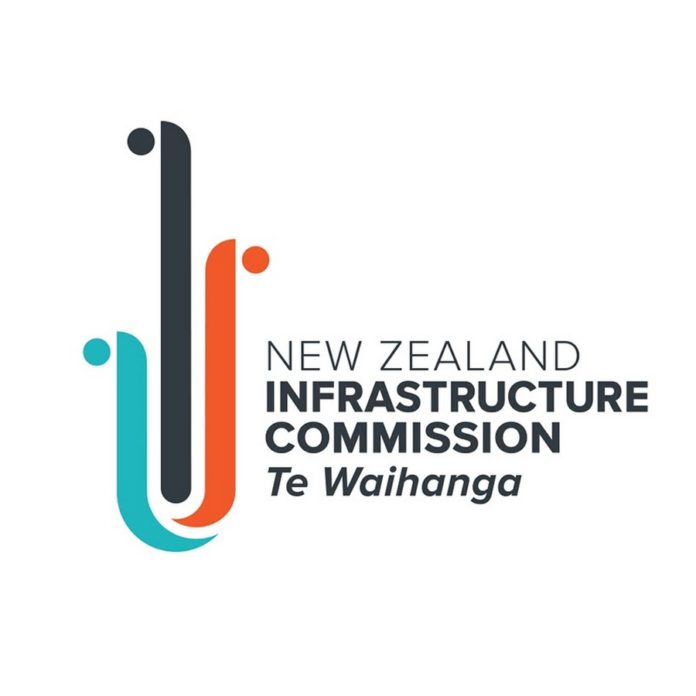The Government has welcomed Te Waihanga/New Zealand Infrastructure Commission’s first infrastructure strategy as a major milestone in building a more prosperous, resilient and sustainable future for all New Zealanders.
Rautaki Hanganga o Aotearoa – New Zealand Infrastructure Strategy 2022–2052 sets out the infrastructure challenges and opportunities facing New Zealand over the next 30 years, drawing on research, consultation and the views of more than 20,000 New Zealanders.
“This is an invaluable piece of work. We have never had a single document setting out New Zealand’s long-term infrastructure strategy and a vision for how infrastructure can lay the foundation for the people, places and businesses of Aotearoa New Zealand to thrive for generations to come. It includes 68 recommendations, with actions for achieving net-zero carbon emissions, building liveable cities, and supporting our towns and regions to flourish,” said Minister for Infrastructure, Grant Robertson said.
“As a country, over decades we have simply not invested enough, not planned far enough ahead or with sufficient coordination or efficiency to meet our infrastructure needs. This has helped fuel the housing crisis, made it difficult to reduce emissions and significantly impacted our productivity and overall wellbeing.”
The Minister said there was an urgency to addressing the nation’s current infrastructure deficits while also meeting future needs caused by population growth and climate change.
“This Government has already shown its commitment to address decades of underinvestment, including investing a record $57.3 billion over five years in capital expenditure such as buildings houses, transport networks, schools and hospitals. And we know that there is more to do, he said.
“The Strategy highlights the scale of the task still ahead of us. For example, it will cost billions to fix New Zealand’s aging water networks. Electricity generation capacity needs to increase by 170% to meet our net zero carbon goals. Some $5 billion of local government infrastructure is vulnerable to sea level rise. We also face ongoing cost pressures and the need to build up workforce capacity.”
The Strategy also shows that while further investment is critical, we must be smarter about the way we plan for, deliver and use all of our infrastructure, the Minister said.
“Trying to just build our way out of these challenges would mean nearly doubling what we currently spend to around 9.6 percent of GDP over a 30-year period. That’s over $31 billion per year – a sum that we would struggle to afford or have the capacity to deliver.”
“This means we need to get more from the infrastructure we do build, reducing costs and prioritising for the greatest impact.
“The Infrastructure Strategy seeks to make sense of New Zealand’s complex infrastructure environment by focusing on improvements to planning, project selection, and delivery of infrastructure; making better use of funding and financing tools; building workforce capability and capacity; and accelerating technology adoption. In taking a coordinated approach, it firmly places the wellbeing of New Zealanders at its core.”
Mr Robertson said the Government was now preparing a response to the strategy, which will set out the steps to turn strategy into action.
“As required by legislation, we will share this response in September, determine which recommendations to prioritise, and assign lead agencies to implement them. In many cases responding to the recommendations builds on current work underway – such as resource management reform, the health and disability sector reform, and the Three Waters Reform Programme.”
“However, the recommendations in the Strategy cannot be met by the Government alone. New Zealand needs the whole system, including central and local government, iwi/Māori and the private sector to work together to address the significant challenges we face. We all have a part to play.
“There is an urgency here and the decisions we make now can have an impact for decades to come. The Government is already taking steps that address many of the actions and recommendations in this strategy and we look forward to using the strategy as the core of building on our work to deliver New Zealanders the world class infrastructure that they need and deserve,” Mr Robertson said.



